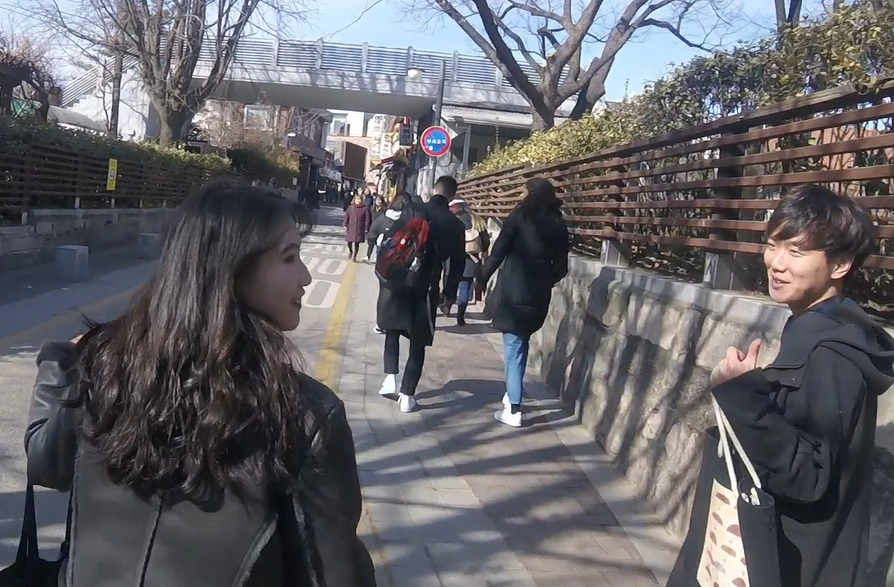When choosing a study abroad program, there are two primary types of program to consider. The first one is known as direct enrollment programs, wherein UMBC’s Study Abroad Office organizes directly with a partnered university to send a student, usually in return for accepting a student from that university.
The second is a program run by what is called a “study abroad provider.” Through this method the provider contracts independently with a plethora of universities and can move students freely throughout their system of contracts.
The major consideration between these two methods is cost against features. Direct enrollment is often significantly cheaper at face value than programs offered through providers. Sometimes the cost of a semester directly enrolled through another university can be less than a semester at UMBC, especially for out-of-state students, and if not, it is often matched at the exact cost of in-state tuition.
However, providers offer many necessities that direct enrollment programs neglect. These range from housing, meal plans and discounted flights to planned excursions, insurance and access to advising at specialty offices.
These provisions do come with a hefty price tag, with a semester through a program with a provider often ranging from a low of $15,000 up to $20,000 or more. On top of that, the things they provide are often deficient in ways not immediately apparent until after the fact. For instance, a flight provided may have to be scheduled months in advance, with little flexibility if one wants to spend more time in the country before or after a program starts.
On top of that, the security and support they provide come at the cost of freedom to have a study abroad experience on one’s own terms. In my experience, for about a week after I touched down in Seoul to the start of classes proper at Yonsei University, I had very little freedom to go explore things on my own terms or even set my own schedules. I was given an itinerary to follow, and I was told to stick to it.
Admittedly, on the itinerary, were things I wanted to do on the first place: exploring Seoul with some local interns hired by my provider, going to see the DMZ, visiting a Buddhist temple in the southern mountains — all great trips. Getting there was also certainly made easier by the company who had established a method for these sorts of excursions and knew more about Korean travel than I certainly did.
Ultimately, the value of a study abroad provider boils down to whether one would see their features as supportive in nature or smothering in nature. If one has considerable anxiety about the prospect of being alone in a foreign country, it has significant value. If one does not have such anxiety and is an experienced or overly enthusiastic traveler, the value one gains from a provider is more limited.
If you are unsure where you fit in this dichotomy, I would recommend going to Study Abroad 101, a short seminar offered by the UMBC Study Abroad Office, and talking to an advisor there.

